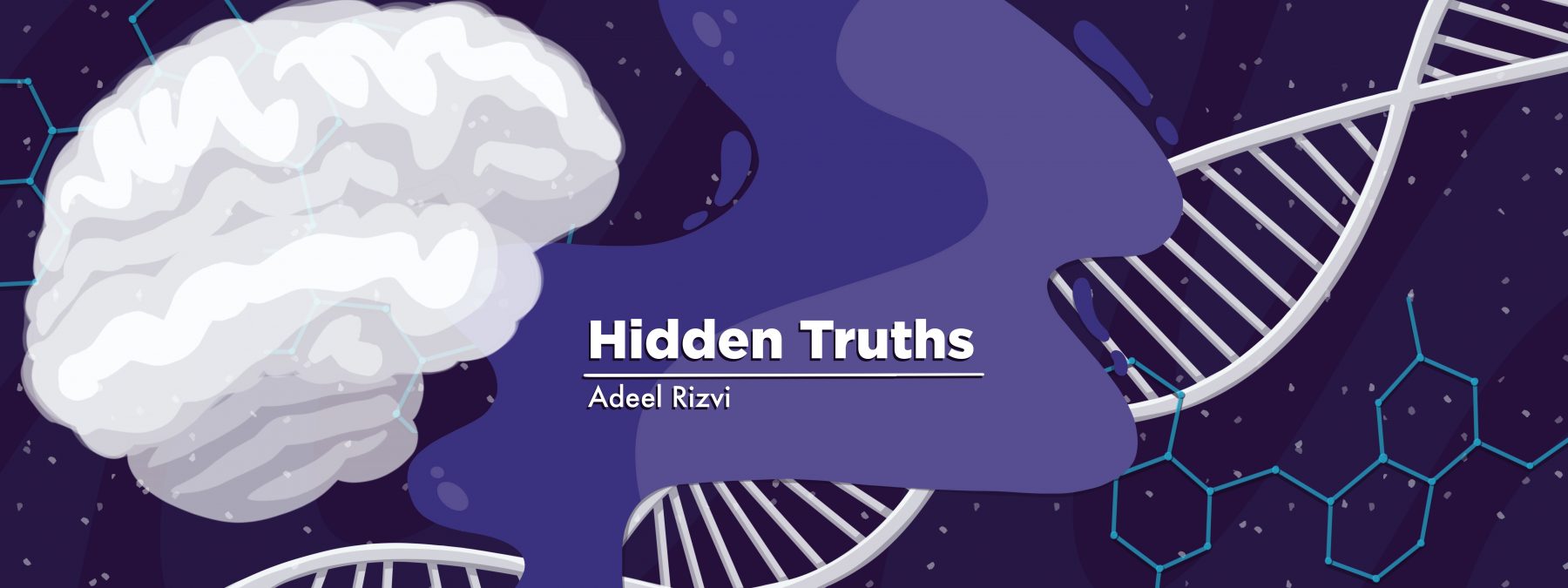Decreasing Decision Fatigue Through Time Chunking

It’s good to have you back to my column, “Hidden Truths.” I appreciate everyone who takes the time to read my reflections on life with limb-girdle muscular dystrophy.
As I was considering what to write this week, I received a wonderful comment on a recent column from a reader asking me to explain the term “time chunking.” So, I dedicate today’s column to that reader, and invite you all to share your questions, comments, or concerns. I am happy to provide you with my thoughts. While we all live and experience disability differently, we are truly in this together. It’s why living is known as the human experience.
In my last column, we started talking about prioritizing our days due to decision fatigue. This concept is important for everyone, not only those with differing abilities.
For example, have you ever noticed how many successful public figures wear the same thing every day? Many of those who need to make executive decisions simplify their days to reduce decision fatigue. Essentially, they try to minimize mistakes by maximizing their time using a practice referred to as time chunking. Let’s dive deeper into this concept.
Time chunking is often defined as the act of blocking off chunks of time for a single task rather than jumping between multiple, smaller tasks. I think of chunking like peanut butter — you can have smooth or chunky. Smooth is great, and I prefer it, but when spreading it on bread, you’ll likely need more to satisfy your craving.
On the other hand, chunky peanut butter includes bits of peanuts. So, while it may require a bit more effort to spread and eat, you don’t need as much to fill you up.
Now, let’s take this peanut butter concept and relate it to time.
Time, our most valuable asset, is like peanut butter. When you buy peanut butter, you receive a limited amount. However, unlike peanut butter, time cannot be replaced or repurchased. We can spread smooth peanut butter more easily, but with a limited amount, it wears thin near the end. This is similar to completing tasks as they arise. We eventually become tired and make poor decisions, known as decision fatigue. Conversely, by chunking time, or peanut butter, a smaller amount goes a longer way.
Therefore, we must proactively choose how to spend our limited time and energy. This is why my wife and I work together on Sundays to plan for the entire week, including all the minor details like clothing and meals. Since the only constant in life is change, planning allows us to be ready for the unexpected as it arises.
It’s important to note that time chunking should not be confused with time blocking or time boxing. These strategies block off time for a specific task, but do not require you to complete it. Time chunking implies completing the task or project within the allotted time, with the aim of limiting the amount of time our brain focuses on it. Applying a focused approach undermines our natural tendency to procrastinate by decreasing the distractions that come with multitasking. In sum, it helps us complete tasks more efficiently.
There are several methods of time chunking. Some versions are even taught to college students. We can all learn to better manage our time. But even though we’re all human, we are individuals, so I don’t feel it’s my place to dictate how you should navigate your day. However, I do want to take this to another level and explain when you should “eat the frog.”
This analogy compares decision-making and task completion to eating a frog, with the frog being our most important or difficult tasks. This productivity method asks us to decide which tasks are most difficult, and tackle them first thing in the morning. This way, the essential tasks are completed, and the rest should be much easier to accomplish.
I challenge you to spend some time making a list of the common or uncommon tasks you need to complete, and then arranging them from most to least difficult. You will have effectively created a list of what you need to do and in what order. My last words to you this week: Good luck.
***
Note: Muscular Dystrophy News is strictly a news and information website about the disease. It does not provide medical advice, diagnosis or treatment. This content is not intended to be a substitute for professional medical advice, diagnosis, or treatment. Always seek the advice of your physician or another qualified health provider with any questions you may have regarding a medical condition. Never disregard professional medical advice or delay in seeking it because of something you have read on this website. The opinions expressed in this column are not those of Muscular Dystrophy News or its parent company, Bionews, and are intended to spark discussion about issues pertaining to muscular dystrophy.








Leave a comment
Fill in the required fields to post. Your email address will not be published.